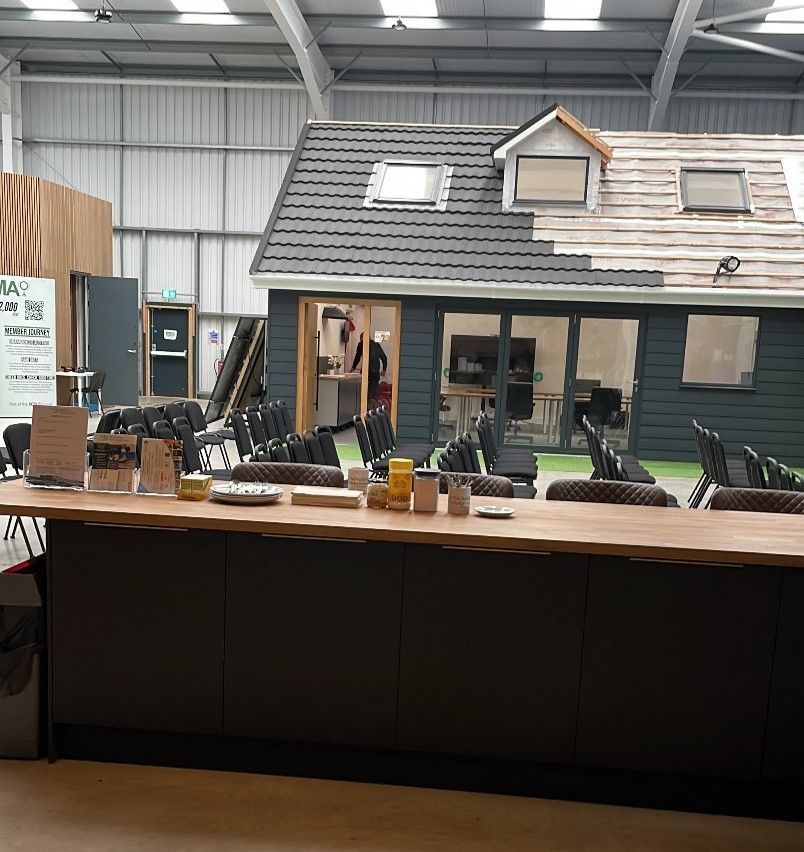Embracing Biodiversity Net Gain
Embracing Biodiversity Net Gain

Introduction
Escalating environmental concerns and the urgent need for sustainable development, the concept of Biodiversity Net Gain (BNG) emerges as one of many promising strategies. BNG represents a fundamental shift in environmental policy and land management, aiming not only to halt biodiversity loss but also to actively enhance and restore natural ecosystems. We will explore the significance, principles, implementation challenges, and potential benefits of Biodiversity Net Gain in fostering a harmonious relationship between human development and the natural world.
Understanding Biodiversity Net Gain
Biodiversity encompasses the variety of life forms on Earth, from genes to species to ecosystems. Biodiversity loss, driven primarily by human activities via such as urbanization, poses a grave threat to ecosystem stability, resilience. Biodiversity Net Gain represents a proactive approach to mitigate this loss by ensuring that development projects result in a net increase rather than a decrease in biodiversity.
Principles of Biodiversity Net Gain
The core principles of BNG revolve around three key aspects: avoidance, mitigation, and compensation. Firstly, developers are encouraged to avoid impacting high-value biodiversity areas whenever possible. If avoidance is not feasible, mitigation measures should be implemented to minimise harm to biodiversity. Finally, developers must compensate for any residual biodiversity loss through actions such as habitat restoration, creation, or enhancement elsewhere.
Implementation Challenges
Despite its potential benefits, implementing Biodiversity Net Gain faces several challenges. One major hurdle is the ability to provide the improvement on site without having to seek off site credit. Additionally, securing long-term funding for biodiversity conservation and ensuring the legal enforceability of BNG commitments pose significant challenges. Moreover, there may be conflicts between biodiversity conservation goals and other development priorities, highlighting the need for integrated planning approaches.
Benefits of Biodiversity Net Gain
Embracing Biodiversity Net Gain offers a myriad of benefits for both ecosystems and society. Firstly, it enhances ecosystem resilience, thereby reducing the vulnerability of communities to environmental risks such as floods, droughts, and storms. BNG also supports ecosystem services vital for human well-being, including pollination, soil fertility, and water purification. Moreover, preserving and restoring natural habitats can provide recreational and aesthetic value.
Furthermore, Biodiversity Net Gain can contribute to climate change mitigation and adaptation efforts. Healthy ecosystems act as carbon sinks, absorbing and storing carbon dioxide from the atmosphere. By enhancing biodiversity, we can strengthen these carbon sequestration services, helping to mitigate climate change. Additionally, biodiverse ecosystems are more resilient to climate impacts, making them better equipped to adapt to changing environmental conditions.
When should I consider BNG?
BNG should be considered early in the planning process as it might influence site selection and design. By establishing a biodiversity gain plan early in the process, it will allow for relevant discussions with local planning authorities and ecology consultants, enabling the BNG planning process to run as smoothly as possible, in turn keeping costs to a minimum. This will also ensure the plan established is robust and any required feedback will not delay the planning process.
How is BNG calculated?
Initially, the baseline value needs to be established. This is the biodiversity value prior to any work commencing on the development. This can be established through a site survey which will assess the different habitats and species present. A plan will then be developed which will achieve the 10%+ BNG. The assessment will use the V4 metric which is a tool used for measuring BNG.
Case Studies and Best Practices
Companies like Barratt Developments have voluntarily committed to achieving BNG in all their projects, setting ambitious targets for biodiversity enhancement.
Lessons learned from these case studies emphasise the importance of stakeholder engagement, robust monitoring and reporting mechanisms, and adaptive management strategies in achieving successful Biodiversity Net Gain outcomes.
Conclusion
Biodiversity Net Gain represents a paradigm shift in how we approach development, offering a holistic framework for reconciling human needs with the imperative of biodiversity conservation. By prioritising the enhancement and restoration of natural ecosystems, BNG holds the potential to safeguard biodiversity, enhance ecosystem services, mitigate climate change, and promote sustainable economic development.
Ashby Energy Assessors Blog and News




